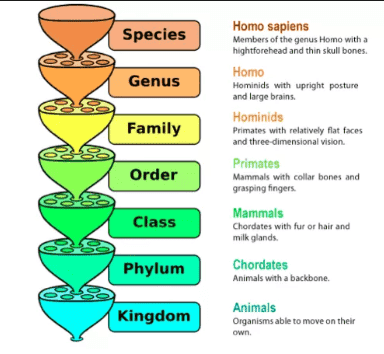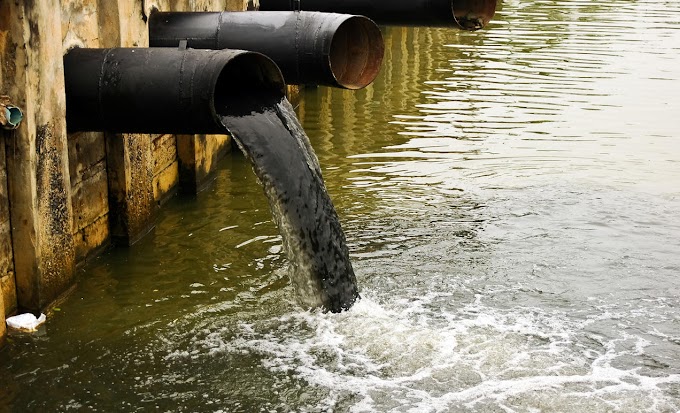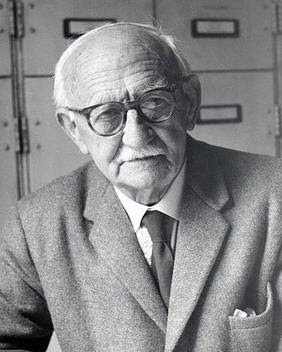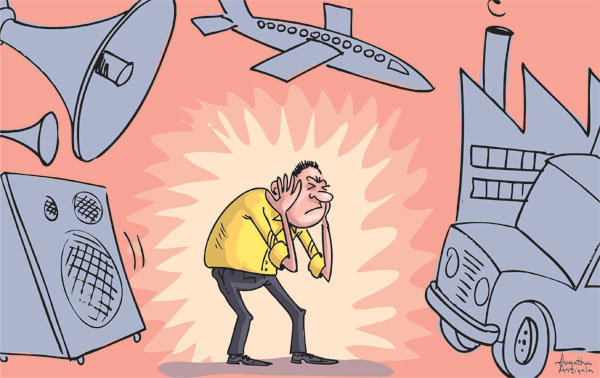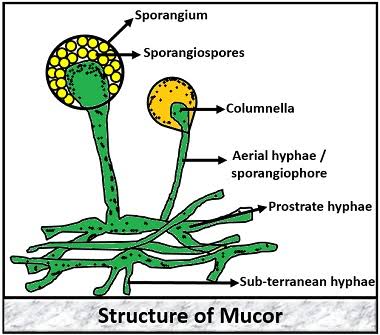- Electron transfer chain is the transfer of electron from NADH and FADH2 to oxygen via multiple carriers.
- The electron derived from NADH and FADH2 combine with O2 and the energy released from these oxidation / reduction reaction is used to derive the synthesis of A.T.P from A.D.P.
- This transfer of negatron ( electron ) is done by multiple carriers which constitute the electron transport chain.
SITE OF ELECTRON TRANSPORT CHAIN
- Located in inner mitochondrial membranes (cristae & oxysomes).
COMPONENT OF ELECTRON TRANSPORT CHAIN
 |
| COMPONENT OF E.T.C |
COMPLEX 1
Catalyze oxidation of NADH with reduction of coenzyme Q
NADH + H⁺ + Q → NAD+ + QH2
It includes atleast 46 proteins, along with prosthetic group FMN & several FeS-Centres.
Pump 4 proton across the mitochondrial membranes.
COMPLEX 2 [ Succinate-Q oxidoreductase ]
This complicated forms second entry point into the electron transport chain using the succinate product of the TCA cycle.
COMPLEX 3 [Q-Cytochrome c oxidoreductase]
This complex accomplishes the oxidation of ubiquinol and the reduction of 2 molecules of Cytochrome-C. 4[H] are pumped across the membrane to the intermembrane space.
COMPLEX 4 [Cytochrome c oxidase]
This is the final complex in electron transport chain accomplishes the final transfer of the electron to oxygen and pumps two protons across the membrane. This makes total of 10 protons across the membrane for one NADH into the E. T. C.
ATP Synthase
This complex makes use of the proton potential created by the action of the Electron transport chain. It transport a nucleon down the gradient and uses the energy to finish the phosphorylation of ADP to adenosine triphosphate.







